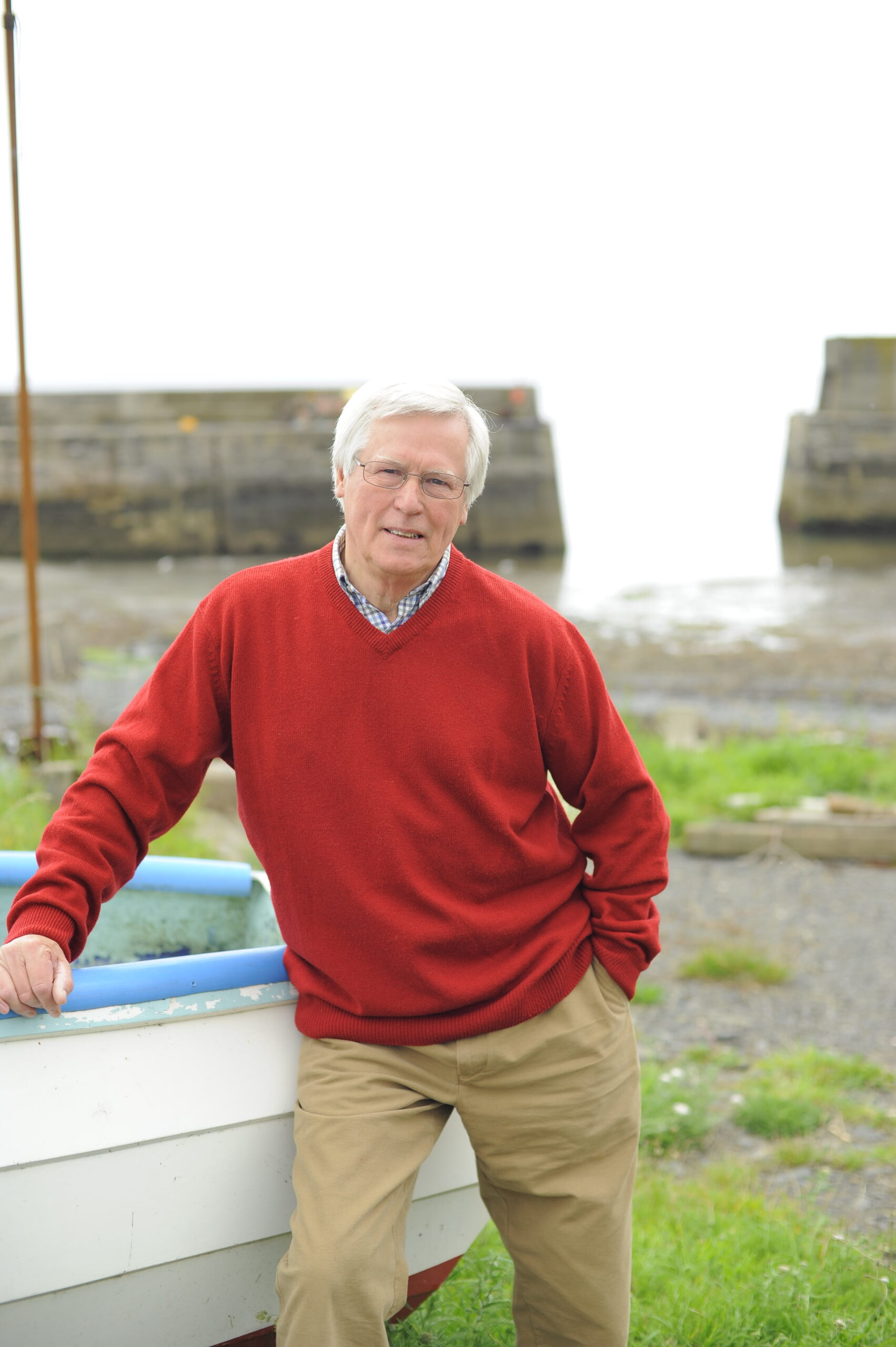Just for now her home is a Somerset farmhouse, but until recently she was sleeping rough, one of the forgotten faces in the hidden world of rural homelessness. We’ll call her Beth, she’s 34, and her story is sadly familiar; rent arrears and a split from her partner leading to nights spent in churchyards, doorways, public toilets and out in the countryside.
Latest figures show the number of rough sleepers in largely rural areas of England has jumped by more than half since 2012 and 6,270 households are now classed as homeless. “I slept rough for more than a year and I don’t know how I managed to get through it,” Beth tells me. “I took one day at a time and to be honest I was drinking quite a lot to pass the time, to keep me warm and help me fall asleep at night. It was scary and I felt vulnerable but now I see the future more brightly.”
Beth was spotted by outreach workers from Elim Connect Centre, a charity in the Mendips. It helps run Dairy House, a farmland hostel that can accommodate up to six homeless people at a time as they struggle to put their lives back in order. Every day the team searches woodlands and byways for tents and flimsy shelters where rough sleepers doss down, inviting anyone they find to their drop-in centre. From there, some spend three months at Dairy Farm.
“It’s brilliant,” says Beth. “We help out on the farm, walk the dogs, can join in with the cooking and housework. I’ve stopped drinking and feel much more positive.” Beth is also being given counselling and hopes to find supported housing at the end of her stay. Others will move to private rental, rehab or even return to their families.
“Every day the team searches woodlands and byways for tents and flimsy shelters”
Gone to ground
Beth is one of a growing number of people who for many reasons, including mental health issues and substance abuse, find that their only roof is the stars. As they are less obvious than those who live on city streets, their plight often goes undetected. Some, though, actually prefer this lifestyle and resist help.
At the Doorway project, a drop-in centre at Chippenham in Wiltshire, I’m told that the most significant rise in what they term their ‘guests’ is among young professionals, and last year 31% of new arrivals were rough sleepers. “I’ve been here 12 years and it’s just a roll of a dice as to whether you come through the door as a volunteer or a guest,” said Lisa Lewis, who runs the centre.
The Government has launched an initiative, with a budget of more than £1 billion, aimed at eliminating rough sleeping within a decade. Homelessness Minister Heather Wheeler said: “We can’t accept rough sleeping as a stubborn problem that will always be with us.” Government policy does not differentiate between rural and urban rough sleepers; plans include ‘housing first’ pilot projects in three big city areas. The concept is for homeless people to be found affordable accommodation as a priority then given ‘wrap-round’ support – currently, the system tends to work the other way and many drop out before they are housed.
“We’re already trying to provide something like ‘housing first’ in Somerset. This scheme needs to spread to rural areas because our problems are just as acute but not as visible,” says Stephen Fowler, manager of the Dairy Farm. “Any new measures must be long term, otherwise people will be back sleeping rough and wrestling with their demons for the rest of their lives.”
Main image: Alamy
